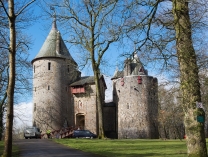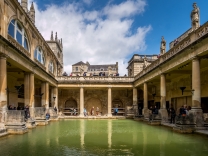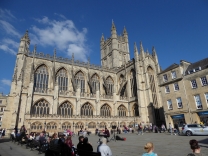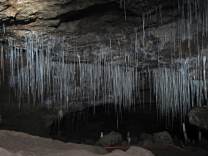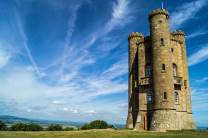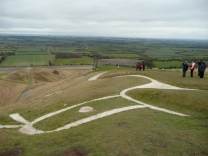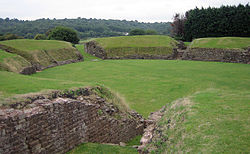
Isca Augusta
Isca, variously specified as Isca Augusta or Isca Silurum, was the site of a Roman legionary fortress and settlement or vicus, the remains of which lie beneath parts of the present-day suburban village of Caerleon in the north of the city of Newport in South Wales. The site includes Caerleon Amphitheatre and is protected by Cadw.
Headquarters of the Legion "II Augusta", which took part in the invasion under Emperor Claudius in AD 43, Isca is uniquely important for the study of the conquest, pacification and colonisation of Britannia by the Roman army. It was one of only three permanent legionary fortresses in later Roman Britain and, unlike the other sites at Chester and York, its archaeological remains lie relatively undisturbed beneath fields and the town of Caerleon and provide a unique opportunity to study the Roman legions in Britain. Excavations continue to unearth new discoveries on the extent and nature of the site. One of the most exciting discoveries is a complex of very large monumental buildings outside the fortress between the River Usk and the amphitheatre. This new area of the canabae was previously completely unknown.
Name
The Brythonic name Isca means "water" and refers to the River Usk. The suffix Augusta appears in the Ravenna Cosmography and was an honorific title taken from the legion stationed there. The place is commonly referred to as Isca Silurum to differentiate it from Isca Dumnoniorum and because it lay in the territory of the Silures tribe. However, there is no evidence that this form was used in Roman times. The later name, Caerleon, is derived from the Welsh...














